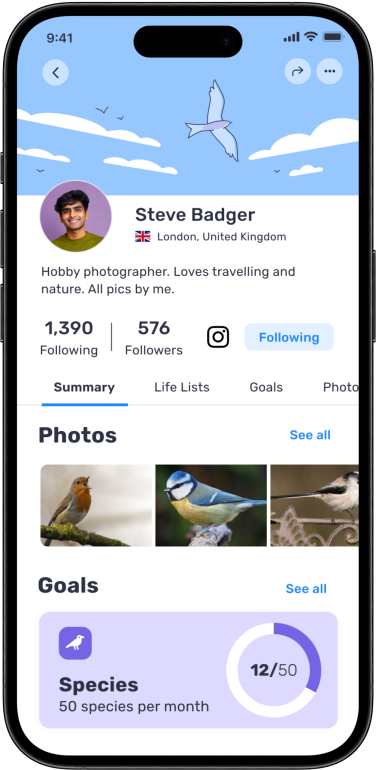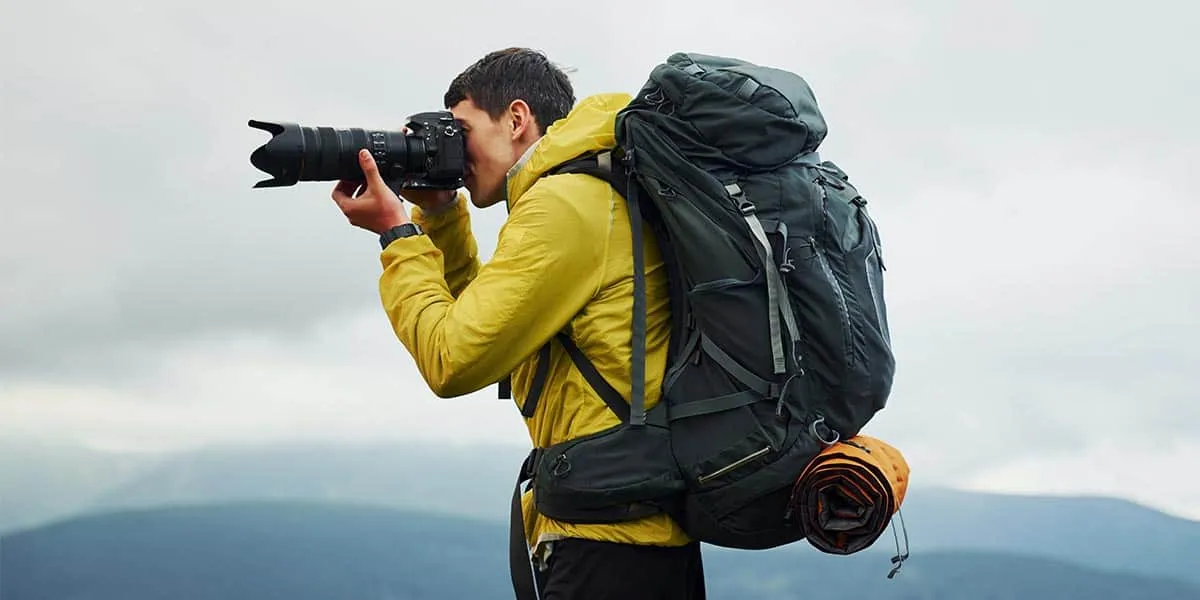loading...
Woodpeckers
Woodpeckers, part of the family Picidae which includes piculets, wrynecks, and sapsuckers, are found globally except in Australia, New Guinea, New Zealand, Madagascar, and the extreme polar regions. These birds primarily inhabit forests, but some can live in treeless areas like deserts, and the Gila woodpecker has even adapted to cacti. Recognized for pecking at tree trunks to forage for insects and larvae, woodpeckers communicate by drumming on trees, a sound audible from a distance. Their diets can include fruits, small animals, tree sap, and human scraps. Woodpeckers nest in holes they excavate in trees, which become habitats for other species once abandoned. Occasionally, woodpeckers come into conflict with humans by drilling into buildings or feeding on crops. The Picidae family, belonging to the Piciformes order, encompasses about 240 species in 35 genera, with nearly 20 species at risk of extinction because of habitat loss.
Woodpeckers possess varied sizes, ranging from the tiny bar-breasted piculet to the large great slaty woodpecker; their plumage too varies from drab for camouflage to conspicuous patterns with bold colors. Notably sexually dimorphic, these birds have zygodactyl feet (two toes facing forward and two back), enabling them to grasp tree trunks for vertical movement. These adaptations, along with their strong claws, legs, and stiffened tail feathers (except for piculets and wrynecks), allow for efficient climbing and pecking. Their beaks are strong and adapted for drumming and drilling, while their tongues are long and sticky, aiding in extracting food from crevices. Woodpeckers protect their brains from the impact of pecking through several anatomical adaptations. They also exhibit various flight patterns, are mostly sedentary, and prefer forests but can adapt to other habitats.
Woodpeckers engage in different behaviors, with some living solitarily while others form groups. Communication involves drumming and a range of vocal calls, with drumming serving as a territorial signal and part of courtship rituals. Most species feed on insects and invertebrates under bark and wood, playing a crucial ecological role in forest health by controlling pests. Breeding involves cavity nesting, mostly in trees, and they are predominantly monogamous, sometimes with cooperative breeding habits. The survival of woodpeckers is closely tied to the availability of trees for nesting and feeding.
Multiple studies have looked into the woodpecker's resistance to head injury from pecking, noting adaptations like spongy bone structure and uneven beak lengths that absorb impact energy. Furthermore, researchers have found tau protein accumulations in woodpeckers, akin to what is seen in human CTE, though the implications of this are not fully understood.
Regions
Categories
All
African & Green Broadbills
African & New World Parrots
African Barbets
Albatrosses
Anhingas, Darters
Auks
Austral Storm Petrels
Barn Owls
Bee-eaters
Bulbuls
Buntings
Bushshrikes
Bustards
Buttonquail
Caracaras, Falcons
Cettia Bush Warblers & Allies
Chats, Old World Flycatchers
Cisticolas & Allies
Cormorants, Shags
Coursers, Pratincoles
Cranes
Crombecs, African Warblers
Crows, Jays
Cuckoos
Cuckooshrikes
Dapple-throat & Allies
Drongos
Ducks, Geese, Swans
Egyptian Plover
Fairy Flycatchers
Figbirds, Orioles, Turnagra
Finches, Euphonias
Finfoots
Flamingos
Flufftails
Frigatebirds
Gannets, Boobies
Grassbirds & Allies
Grebes
Ground Babblers
Ground Hornbills
Guineafowl
Gulls, Terns, Skimmers
Hamerkop
Herons, Bitterns
Honeyguides
Hoopoes
Hornbills
Hylias
Hyliotas
Ibises, Spoonbills
Indigobirds, Whydahs
Jacanas
Kingfishers
Kites, Hawks, Eagles
Larks
Laughingthrushes & Allies
Leaf Warblers & Allies
Monarchs
Mousebirds
New World Quail
Nicators
Nightjars
Northern Storm Petrels
Old World Parrots
Old World Sparrows, Snowfinches
Ospreys
Ostriches
Owls
Oxpeckers
Oystercatchers
Painted-snipes
Pelicans
Penduline Tits
Penguins
Petrels, Shearwaters, Diving Petrels
Pheasants & Allies
Pigeons, Doves
Pittas
Plovers
Rails, Crakes & Coots
Reed Warblers & Allies
Rockfowl
Rollers
Sandgrouse
Sandpipers, Snipes
Secretarybird
Shoebill
Shrikes
Skuas
Starlings, Rhabdornis
Stilts, Avocets
Stone-curlews, Thick-knees
Storks
Streaked Scrub Warbler
Sunbirds
Swallows, Martins
Swifts
Sylviid Babblers
Thrushes
Tits, Chickadees
Treecreepers
Trogons
Tropicbirds
Turacos
Typical Broadbills
Vangas & Allies
Wagtails, Pipits
Wattle-eyes, Batises
Waxbills, Munias & Allies
Weavers, Widowbirds
White-eyes
Wood Hoopoes
Woodpeckers
Yellow Flycatchers
African Grey Woodpecker
Dendropicos goertae
African Piculet
Sasia africana

Bearded Woodpecker
Chloropicus namaquus

Bennett's Woodpecker
Campethera bennettii
Brown-backed Woodpecker
Dendropicos obsoletus
Brown-eared Woodpecker
Pardipicus caroli
Buff-spotted Woodpecker
Pardipicus nivosus

Cardinal Woodpecker
Dendropicos fuscescens
Elliot's Woodpecker
Dendropicos elliotii
Fine-banded Woodpecker
Campethera taeniolaema
Fine-spotted Woodpecker
Campethera punctuligera
Fire-bellied Woodpecker
Chloropicus pyrrhogaster
Gabon Woodpecker
Dendropicos gabonensis

Golden-tailed Woodpecker
Campethera abingoni
Little Green Woodpecker
Campethera maculosa
Little Grey Woodpecker
Dendropicos elachus
Little Spotted Woodpecker
Campethera cailliautii
Melancholy Woodpecker
Dendropicos lugubris
Nubian Woodpecker
Campethera nubica

Olive Woodpecker
Dendropicos griseocephalus

Red-throated Wryneck
Jynx ruficollis
Speckle-breasted Woodpecker
Dendropicos poecilolaemus
Tullberg's Woodpecker
Campethera tullbergi

Wryneck
Jynx torquilla
Yellow-crested Woodpecker
Chloropicus xantholophus
Your birdwatching journey like never before
Connect with nature in minutes
Take a walk, look out of the window and log the birds that you see. Feel good about those little connections to nature.
Discover the joy of birding
Find new birding spots, see more birds, share and celebrate with a like-minded community of nature lovers.
Play your part in saving nature
Logging your birding sightings and sessions turns into positive action for our planet. Every sighting counts.























